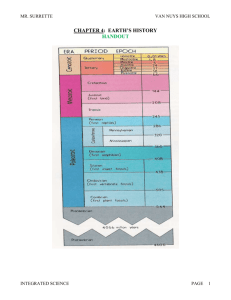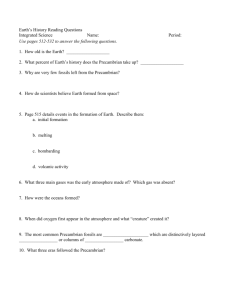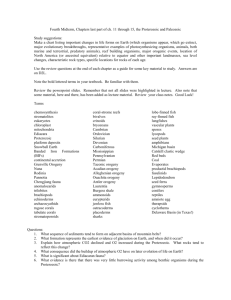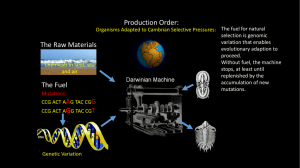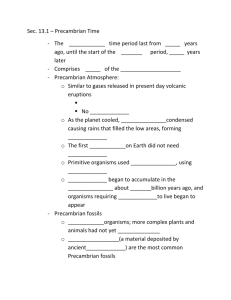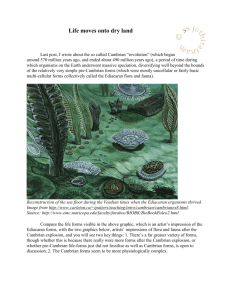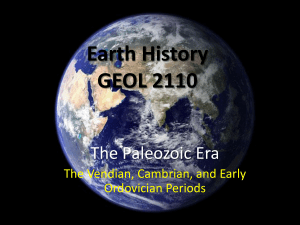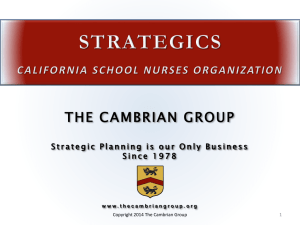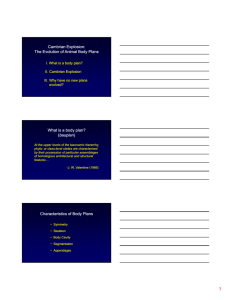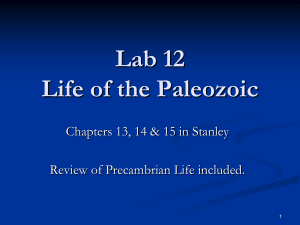unit 7 top 3
advertisement
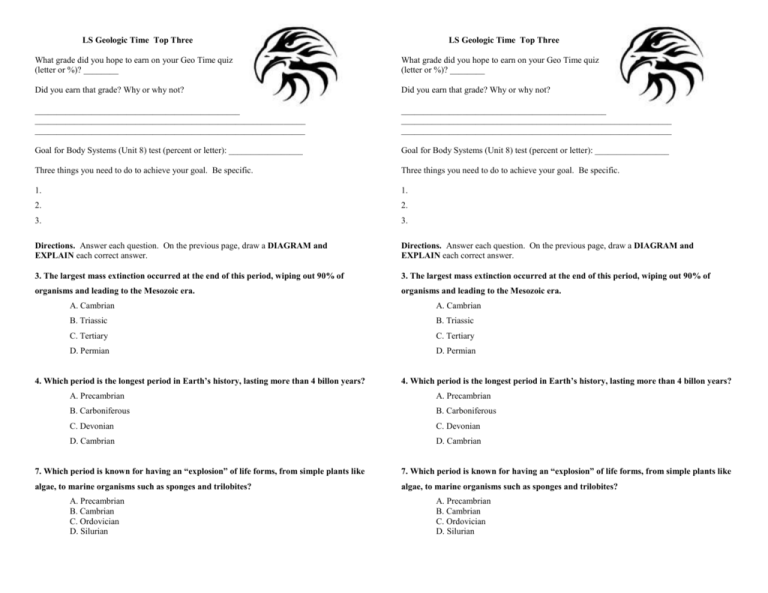
LS Geologic Time Top Three LS Geologic Time Top Three What grade did you hope to earn on your Geo Time quiz (letter or %)? ________ What grade did you hope to earn on your Geo Time quiz (letter or %)? ________ Did you earn that grade? Why or why not? Did you earn that grade? Why or why not? _______________________________________________ ______________________________________________________________ ______________________________________________________________ _______________________________________________ ______________________________________________________________ ______________________________________________________________ Goal for Body Systems (Unit 8) test (percent or letter): _________________ Goal for Body Systems (Unit 8) test (percent or letter): _________________ Three things you need to do to achieve your goal. Be specific. Three things you need to do to achieve your goal. Be specific. 1. 1. 2. 2. 3. 3. Directions. Answer each question. On the previous page, draw a DIAGRAM and EXPLAIN each correct answer. Directions. Answer each question. On the previous page, draw a DIAGRAM and EXPLAIN each correct answer. 3. The largest mass extinction occurred at the end of this period, wiping out 90% of 3. The largest mass extinction occurred at the end of this period, wiping out 90% of organisms and leading to the Mesozoic era. organisms and leading to the Mesozoic era. A. Cambrian A. Cambrian B. Triassic B. Triassic C. Tertiary C. Tertiary D. Permian D. Permian 4. Which period is the longest period in Earth’s history, lasting more than 4 billon years? 4. Which period is the longest period in Earth’s history, lasting more than 4 billon years? A. Precambrian A. Precambrian B. Carboniferous B. Carboniferous C. Devonian C. Devonian D. Cambrian D. Cambrian 7. Which period is known for having an “explosion” of life forms, from simple plants like 7. Which period is known for having an “explosion” of life forms, from simple plants like algae, to marine organisms such as sponges and trilobites? algae, to marine organisms such as sponges and trilobites? A. Precambrian B. Cambrian C. Ordovician D. Silurian A. Precambrian B. Cambrian C. Ordovician D. Silurian
